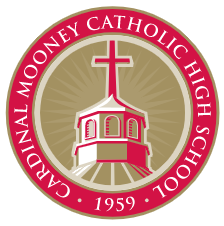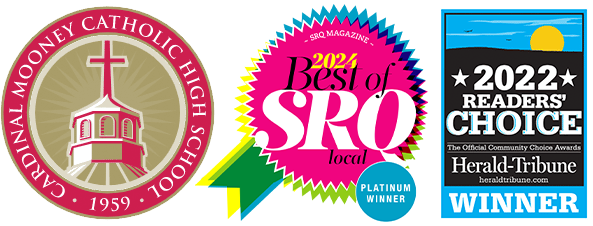Academic Record – High School Transcript
- Quality of courses taken
- Challenging and competitive classes
- GPA
- Consistency of performance
- Test Scores
The College Essay
- The essay is the space where you, the student, have an opportunity to differentiate yourself from the hundreds of applicants.
Activity Resume
- Include athletics, clubs, community service, the arts, music, and employment
Recommendations
THE APPLICATION
Some schools provide web-based applications. The Common Application allows students to fill out one application online and submit the materials to multiple colleges. There are also several other public universities which continue to have their own application.
The single most important step in completing a college admission application is also the simplest: Read the instructions before filling out the form. Colleges expect you to read and follow directions; accomplishing this can set the stage for a favorable decision. Applicants should not hesitate to talk with their counselor or one of the members of the English department about their essays, for colleges consider originality, organization, and presentation of one’s ideas an important factor in the admissions process. Many colleges ask for one or two teacher recommendations. These are separate from the counselor’s letter. Be certain to indicate the deadline for the recommendation to the teacher.
Begin your applications early. Be sure to pay close attention to deadline dates which vary among schools. Early applications to state universities are often particularly important, for when applicants are accepted on a rolling admission basis, the competition for available space increases as the deadline for applications approaches.
TIPS ON ORGANIZING YOUR APPLICATION
Where should you begin?
Step 1
Create a folder for each college. Include the following:
- correspondence between you and school
- your impression of the college visit
Step 2
Decide upon your list of college applications
THE APPLICATION
Some schools provide web-based applications. The Common Application allows students to fill out one application online and submit the materials to multiple colleges. There are also several other public universities which continue to have their own application.
The single most important step in completing a college admission application is also the simplest: Read the instructions before filling out the form. Colleges expect you to read and follow directions; accomplishing this can set the stage for a favorable decision. Applicants should not hesitate to talk with their counselor or one of the members of the English department about their essays, for colleges consider originality, organization, and presentation of one’s ideas an important factor in the admissions process. Many colleges ask for one or two teacher recommendations. These are separate from the counselor’s letter. Be certain to indicate the deadline for the recommendation to the teacher.
Begin your applications early. Be sure to pay close attention to deadline dates which vary among schools. Early applications to state universities are often particularly important, for when applicants are accepted on a rolling admission basis, the competition for available space increases as the deadline for applications approaches.
TIPS ON ORGANIZING YOUR APPLICATION
Where should you begin?
Step 1
Create a folder for each college. Include the following:
- correspondence between you and school
- your impression of the college visit
Step 2
Decide upon your list of college applications
Your list of schools should range from five to ten institutions. If you are undecided about a particular school, put the folder aside. Come back to that college after you have completed the remainder of your list and determine whether you wish to attend the school.
Remember: do not apply to any university that you do not wish to attend. A school is not considered “safe” if you really do not want to go there.
TYPES OF APPLICATION DECISION PLANS
1.Early Decision: means that a student has decided on one first-choice college, and in exchange for submitting to an earlier application deadline, and being prepared to sign a statement of commitment, the candidate will receive an early reply, usually by December 15th. The student, if admitted, must withdraw all other applications, and must attend this school in the fall. ED is a legal, binding contract.
2.Early Action: means colleges will make an early admission evaluation, usually between December 15 and January 31, but the candidate is not required to make a commitment until May and is not committed to attend.
3.Rolling Admissions: means applications are reviewed as they are received, notifying students within four to eight weeks of the admission committee’s decision. Since places are filled on a first – come first – served basis, procrastinators are often hurt by this plan.
4.Single Choice Early Action: means a student will receive a non-binding decision usually by December 15, but the candidate is prohibited from applying early elsewhere unless it is a non-binding program at a public institute. Students can apply under regular decision programs to all colleges.


